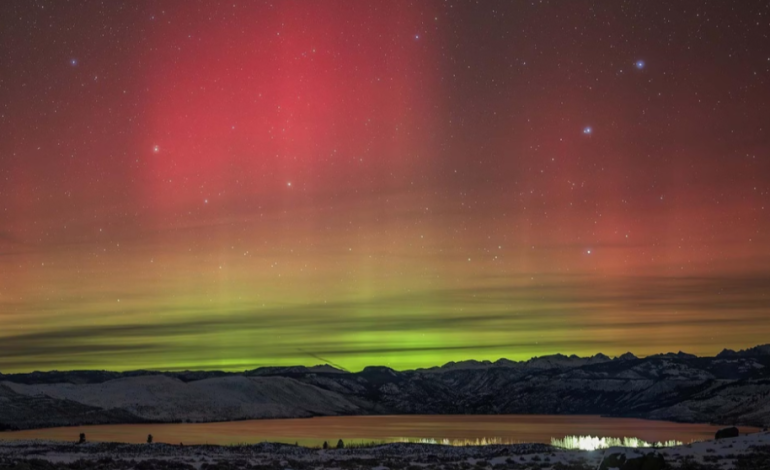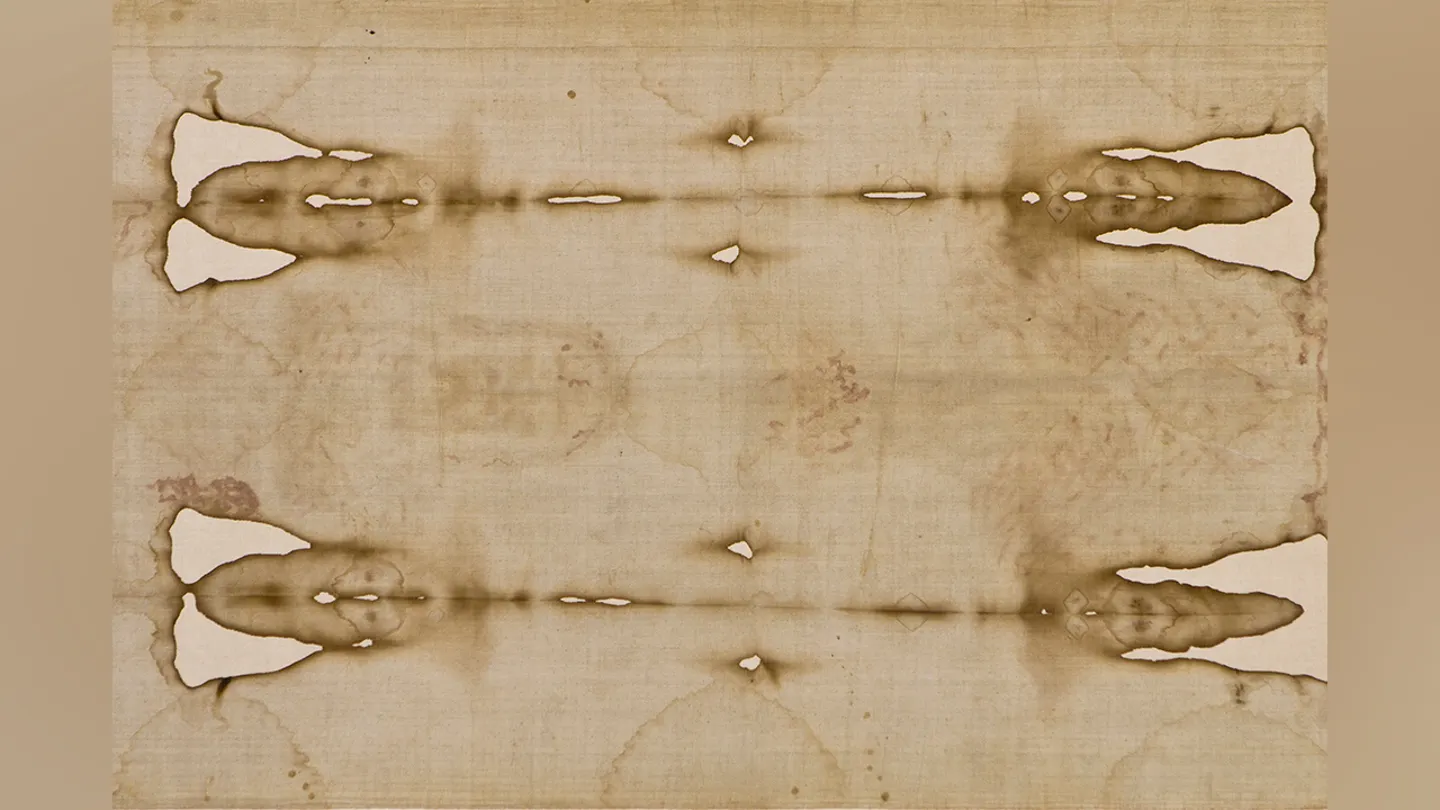A surge of solar activity could provide Wyoming residents with a rare celestial spectacle as the Northern Lights, or aurora borealis, are forecast to be visible across the state on Tuesday and Wednesday nights, Cowboy State Daily reports.
According to the National Oceanic and Atmospheric Administration’s (NOAA) Space Weather Prediction Center, several coronal mass ejections (CMEs) from the sun are on track to reach Earth early this week. When these solar emissions interact with Earth’s magnetic field, they can create dazzling displays of light in the night sky, particularly at higher latitudes.
Max Gilbraith, planetarium coordinator at the University of Wyoming, said that the conditions this week offer a “strong potential” for visibility of the aurora in Wyoming. While not the most powerful storm of the year, it is expected to be worth watching.
NOAA has issued a G2 (Moderate) geomagnetic storm watch from April 21 to 23, meaning auroral activity could reach as far south as mid-latitude regions like Wyoming. The viewing conditions will be especially favorable in southern parts of the state due to the storm’s trajectory.
“The entire state of Wyoming is in the field of view for this aurora,” Gilbraith explained. “But southern Wyoming will probably get the best views Tuesday night.”
The timing coincides with peak solar activity, or “solar maximum,” a phase in the sun’s 11-year cycle where sunspots and solar flares are most common. This increases the likelihood of CMEs reaching Earth and producing auroras. Experts believe that this period of heightened solar activity will continue for another year or more, providing ongoing opportunities for skywatchers.
Jan Curtis, a retired Wyoming state climatologist, noted that some of the most significant auroras typically occur shortly after a solar maximum.
“The auroras are the best they’ve been for at least a generation,” he said.
Curtis encouraged residents to take advantage of viewing opportunities over the next year or two.
To view the aurora, experts recommend looking to the northern horizon between 11 p.m. Tuesday and 3 a.m. Wednesday, with midnight often providing the best chance due to the Earth’s magnetic alignment at that time. Conditions are favorable for viewing, with the moon only partially illuminated and minimal light interference expected.
Gilbraith also offered practical advice for those hoping to capture the moment:
“Take a photo in night mode with a three- to five-second exposure. If you’re really still, the aurora and its colors will start to pop.”










The latest news in your social feeds
Subscribe to our social media platforms to stay tuned